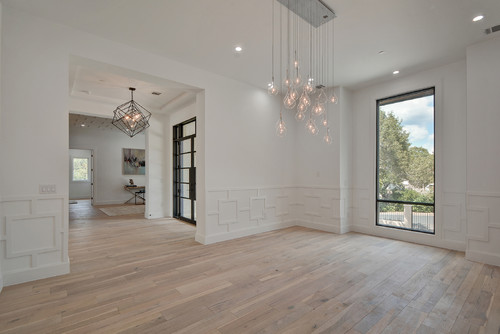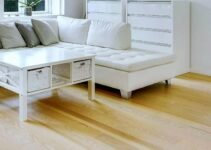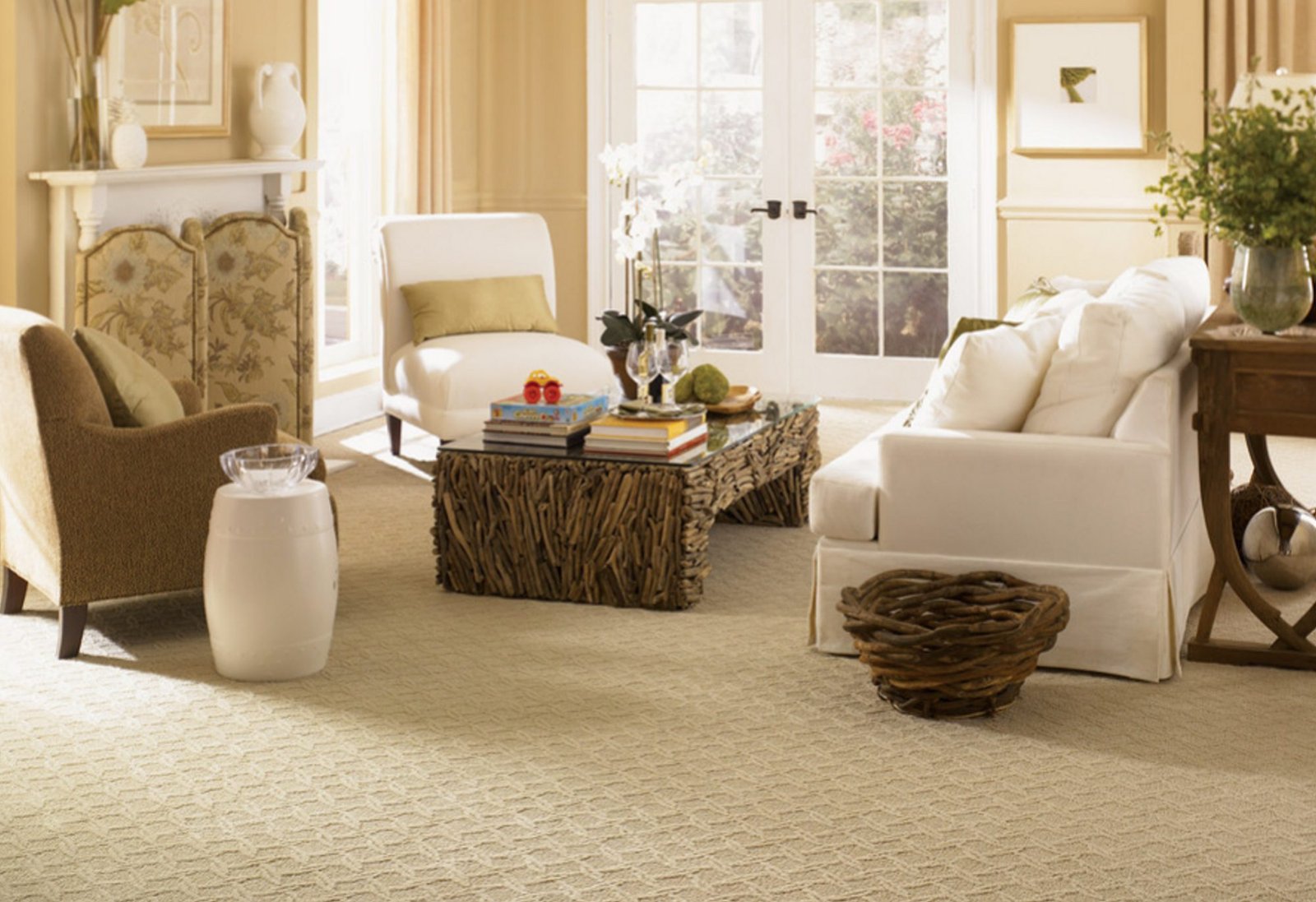Which types of subfloors are acceptable for engineered hardwood flooring?
Underlayment is required for any installation of engineered real wood flooring.
Engineered wood can be glued, nailed, stapled, and some can even be floated—depending on the subfloor.

Photo by HardwoodBargains – Look for dining room design inspiration
The individual boards are only secured to each other by gluing the mating tongue and groove edges or by simply clicking together the special joints of the “no-glue” type.
The underlayment is placed over the sub-floor first then the flooring is assembled on top of the underlayment.
First thing you need to know about hardwood floors is that they are expand and contract according to moisture and humidity changes. Although the Engineered Hardwood Floors are much more dimensional stable, we are still recommend that you will leave the hardwood floors boxes open and let the wood to be acclimated at least 72 hours at the same room where you going to install the wood floors.
The prep work for laying engineered hardwood flooring varies depending on what’s under it, but any subfloor needs to be flat, structurally sound and clean; and free of dirt, paint, drywall patch and other contaminates.
The function of underlayment is to absorb some of the minor imperfections in the sub-floor; to help deaden sound when walking on the floor (since it is not attached to the sub-floor); and to slightly soften the feel when walking on the floor.
Cork underlayment:
Most engineered flooring can be glued down or floated over properly installed cork underlayment (used for sound absorption). However, as with some foam underlayment, you may need to install a moisture barrier under the cork, if applicable. Most manufacturers accept 6mil think plastic sheeting as a moisture barrier, but to be sure check with your specific flooring manufacturer or with one of our flooring consultants.
Warning: Whenever you are installing flooring by a method other than free-floating, the cork underlayment must be glued to the sub-flooring as opposed to simply laying it down.
NOTE: Developers of high-rise condominium and luxury apartment complexes are under requirements from residents and potential residents to do a better job of controlling sound transmission between living quarters. The requirement may call for one that reduces sound even more than the modified or upgraded types. In such cases, cork is often the specified underlayment.
Cork underlayment is an ideal green friendly type product.
Vinyl (VCT, Linoleum) underlayment:
Vinyl proves to be an excellent moisture barrier and has often been used as a moisture barrier when gluing to subfloors with questionable moisture content. However, these coverings must be firmly adhered and bonded to the subfloor beneath; perimeter-glued vinyl must be removed if the new flooring will be nailed, stapled or glued down. Any waxes or topical coatings must be removed. It’s also a good idea to lightly sand to achieve a good mechanical bond.
Proflex underlayment:
Proflex offers not only a cushioned underlayment but it’s properties include a crack isolation membrane for concrete and moisture barrier. This rubberized product is not glued but pressed to the subfloor with a peel off tape after a primer is applied to a clean and properly prepared subfloor.
It must have a minimum 5/8-inch thickness. For square-edge plywood, 3/4-inch is required, usually CDX grade or smoother.
Existing wood floors:
Old finish and high spots must be sanded off; any loose planks should be nailed down. The new floor must be laid at a 90-degree angle to the old flooring. Otherwise, 3/8-inch or ½-inch plywood can be installed on top of the old flooring, leaving a minimum 1/8-inch gap between each plywood panel to accommodate expansion from heat and moisture, and the new flooring can be laid in any direction.
Basic Foam underlayment:
Basic underlayment is often a synthetic product of open celled polyethylene foam. Most are thin and compress easily.
Common names include 2 in one or 3 in one underlayment.
Three provides a protective plastic film moisture barrier on one side and foam cushioning on the other. The third element is a sticky peel off tape used to connect the underlayment when installing and replaces the actual taping of seams.
Concrete underlayment:
You can install floating engineered flooring over lightweight concrete. The concrete must have cured for at least 60 days and must be dry.
Quiet Walk underlayment:
Quiet Walk underlayment is more of a fabric providing an eco-friendly product that is composed of mostly recycled materials.
The product has an increased insulation values, keeping floors warmer in winter months and cooler in the summer.
Floor Muffler underlayment:
The Floor Muffler performs exactly as it is named. It is recommended by a wide number of flooring manufacturers for floating installations. The product is not eco-friendly and entirely synthetic.
Wooden Flooring vs. Tile Flooring – Considerations (howtobuildahouseblog.com)


